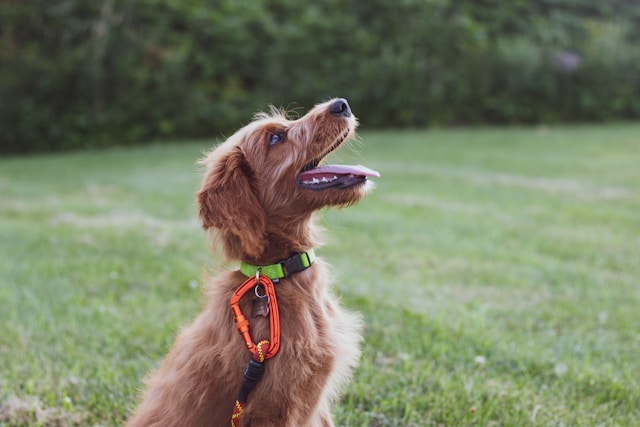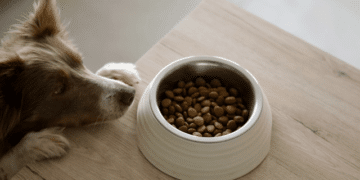Training your pet is an essential part of responsible ownership, but the method you use can significantly impact your pet’s behavior and overall well-being. Positive reinforcement training has gained widespread recognition as the most effective, humane, and science-backed approach. Unlike punishment-based methods, positive reinforcement focuses on rewarding desirable behaviors, making training sessions enjoyable and stress-free for both pets and their owners. In this article, we will explore why positive reinforcement works best, how it compares to other methods, and practical tips to implement it successfully.
Understanding Positive Reinforcement
Positive reinforcement is a training technique that rewards good behavior, increasing the likelihood that the behavior will be repeated. The rewards can vary depending on the pet’s preferences and may include treats, praise, toys, or playtime.
For example, if you are teaching your dog to sit, you would give them a treat and verbal praise immediately after they sit. Over time, your dog will associate sitting with positive outcomes and will be more likely to follow the command consistently. This method creates a strong foundation for obedience training and behavior modification without causing fear or stress.
Why Positive Reinforcement Works Best
-
Builds Trust and Strengthens the Pet-Owner Bond
Positive reinforcement fosters a relationship based on trust and mutual respect. When pets associate their owner with rewards and encouragement, they become more eager to learn and engage. This is especially important for dogs, cats, and other pets that thrive on social interactions. -
Encourages Desired Behaviors Without Fear
Unlike punishment-based training, which can instill anxiety and confusion, positive reinforcement ensures pets feel safe and confident. When pets are fearful, they may become defensive or withdrawn, making training more difficult. Reward-based training eliminates fear, allowing pets to focus on learning. -
Scientifically Proven to Be Effective
Studies in animal behavior and psychology have consistently shown that positive reinforcement is one of the most effective training methods. It not only helps pets learn new commands quickly but also strengthens long-term behavior retention. -
Works for All Types of Pets
Whether you’re training a dog, cat, bird, or even a rabbit, positive reinforcement applies to all animals. Since it is based on motivation and rewards, pets of all species respond well to this technique.
Comparing Positive Reinforcement vs. Punishment-Based Methods
Many pet owners wonder whether punishment-based training is effective. While some believe that using corrections or dominance-based techniques can yield fast results, these methods come with serious drawbacks:
-
Punishment Can Lead to Fear and Aggression
Pets that experience punishment, such as yelling, hitting, or using shock collars, may develop fear-based responses. This can result in increased aggression, anxiety, or behavioral issues over time. -
Rewards Are More Effective Than Punishment
Research shows that rewarding good behavior is more effective than punishing bad behavior. Pets trained with positive reinforcement are more likely to retain learned behaviors, whereas punishment-based training often leads to inconsistent results. -
Improves Learning Speed and Retention
When pets associate training sessions with positive experiences, they learn faster and retain information longer. On the other hand, punishment creates confusion, as pets may not understand what they did wrong.
Practical Tips for Implementing Positive Reinforcement
-
Use High-Value Rewards
Find out what motivates your pet the most. Some pets respond best to treats, while others prefer verbal praise, petting, or toys. Choose rewards that keep your pet engaged and excited to learn. -
Be Consistent with Rewards
Consistency is key when using positive reinforcement. Always reward the desired behavior immediately so your pet associates the action with the reward. -
Keep Training Sessions Short and Fun
Pets have short attention spans, so training should be engaging and enjoyable. Sessions should last between 5-10 minutes to maintain focus and enthusiasm. -
Use Clear and Simple Commands
Avoid long or complicated commands. Stick to simple words like “sit,” “stay,” or “come” to ensure your pet understands what you expect. -
Gradually Reduce Treats
While treats are great for initial training, over-reliance on them can become a problem. Once your pet consistently follows commands, start replacing treats with praise or petting to maintain the behavior without food dependency.
Common Mistakes to Avoid
-
Inconsistent Reinforcement
If you reward a behavior sometimes but not others, your pet may become confused and inconsistent in their responses. Always reinforce good behavior reliably. -
Rewarding Unwanted Behavior
Be careful not to accidentally reinforce negative behaviors. For example, if a dog jumps on guests and gets attention, they may continue jumping because they associate it with positive interaction. -
Expecting Immediate Results
Training takes time, and every pet learns at their own pace. Be patient and celebrate small successes along the way.
Conclusion
Positive reinforcement is the best method for training pets because it promotes learning through rewards, builds trust, and ensures long-term behavioral success. By focusing on encouragement instead of punishment, pet owners can foster a strong bond with their pets while achieving reliable training results. Whether you’re teaching basic commands or correcting behavioral issues, using positive reinforcement will lead to a well-behaved, happy pet.









